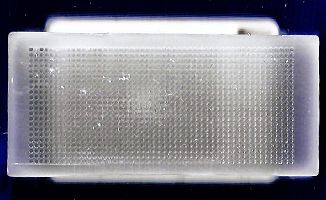Polymerase Chain Reaction Analysis of DNA from Paraffin-Embedded Tissue
互联网
636
One of the greatest potentials of polymerase chain reaction (PCR) lies in the fact that even minute amounts of target DNA or extensively damaged DNA can be successfully amplified in vitro and thus become amenable to further study. This enables a detailed molecular analysis of small amounts of DNA from tissue that has been damaged by fixation (e.g., in formalin) and long-term storage in paraffin. The applications of this methodology are nearly unlimited. For example, rare tumors that are stored as formalin-fixed, paraffin-embedded tissue in pathology departments throughout the world can be analyzed at the molecular level. Furthermore, tissue from small lesions (e.g., primary skin melanomas), which are only rarely available for molecular analysis since the entire specimen is usually needed for histopathological assessment, can be examined. For PCR analysis, only several sections from the paraffin block, which are usually dispensable, are sufficient. Even small amounts of very low quality DNA can be used, as the sensitivity of the detection of specific target DNA sequences is several orders of magnitude higher than that with any conventional method. For example, Southern blot analysis of DNA from paraffin-embedded tissue has been performed, but with limited success as only relatively small amounts of degraded and irreversibly modified DNA can be obtained from embedded specimens (1 ,2 ). Thus, PCR methodology creates an ideal link between traditional histology and modern molecular biology (3 ).









